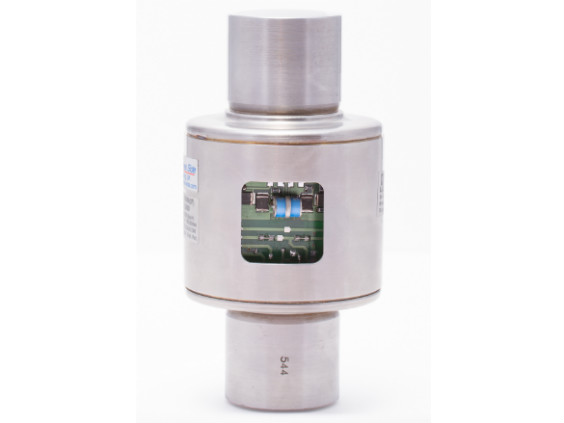- Leading brand in Manufacturers and Exeloners of Weighbridges in India || An ISO 9001:2015 Certified Company
- Leading brand in Manufacturer and Exporters of Weighbridges in India || An ISO 9001:2015 Certified Company
EXELON pre-calibrated load cell system is an economical and easy-to-perform method that ensures fair results. The calibration method, PRE-CAL is the perfect solution for the calibration of weighing systems, when placing test weights is impractical or an
approximate calibration is sufficient. The method is independent of density of material, temperature and environmental conditions
such as vibrations.
The outputs of each individual load cell of the respective scale are averaged and entered into a dedicated weighing terminal from Exelon Weighing Solution with PRE-CAL capability.
PRE-CAL from Exelon Weighing System is a calibration method that is less accurate than using test weights, however, it offers a solution for the calibration of weighing systems where it is impractical to place test weights or for applications that need an approximate calibration only.
| POINTS | PRE-CAL DIGITAL LOAD CELLS | ANALOG LOAD CELL |
|---|---|---|
| ACCURACY | Each Pre-cal has an individual A/D converter. This helps in generating higher internal counts for the total system and hence a lower division size can be achieved leading to higher accuracy.Each Pre-cal has an individual A/D converter. This | Signals of all 4/6/8 load cell are shorted and connected to a single A/D converter in the indicator. This leads to a smaller number of internal counts from the ADC which leads to a high value of division size and hence lesser accuracy. |
| ELECTRICAL NOISE | Each Pre-cal has an individual A/D converter. This helps in generating higher internal counts for the total system and hence a lower division size can be achieved leading to higher accuracy. | This is a very small and sensitive signal which is sensitive to any electrical noise present around the cable and indicator and may lead to unstable weight display if the cable length is long or the environment is electrically noisy. |
| CALIBRATION | Are pre calibrated with weight and hence no calibration is required in the field. Only a small corrective calibration may be required if there is major structure deformity. | Calibration has to be done in the field using test weights. This is a very expensive and cumbersome process. |
| NO CORNER ERROR | As every load is pre-calibrated in the factory, there is no corner error during installation or even with regular usage. | Corner has to be tested and removed manually which is very tedious and expensive process. if corner errors are generated during regular usage, it is very difficult to find and remove these as it will require operator and engineer skills. |
| REPLACEMENT | Since the DLC are pre-calibrated in the factory, it can be easily replaced in the field without the hassle of scale calibration or corner error removal. Even if a different capacity load cell is used for replacement, the result is the same. | If any ADC is replaced in the field, it will require scale calibration with weights and also corner error removal. This is because the load cells have variation in their analog outputs which has to be matched with the other load cells used in the scale. |
| DISTANCE BETWEEN LOAD CELL & INDICATOR | As the output signal is digital, the distance between load cells & indicator can be as long as 500m without use of signal repeaters. | As the output is analog with values in micro volt, the same is very sensitive to electrical noise pick-ups. Under this circumstance, the distance between load cells and indicator is limited to 20 meters. |

WhatsApp us

